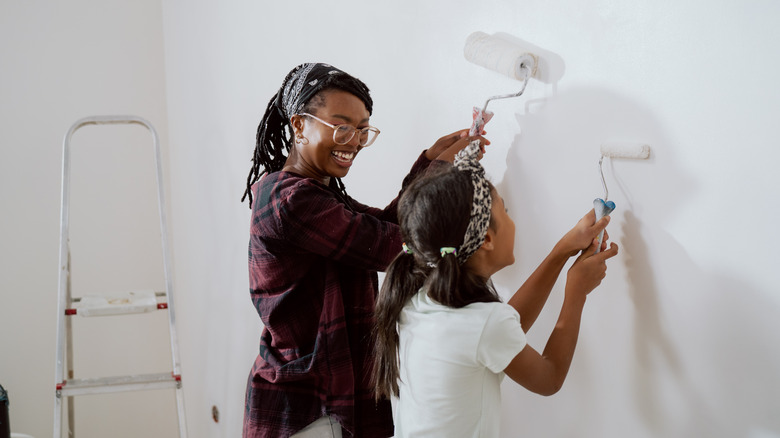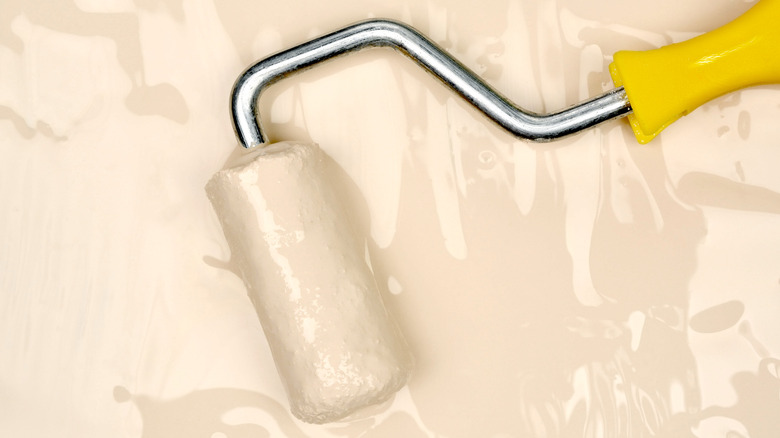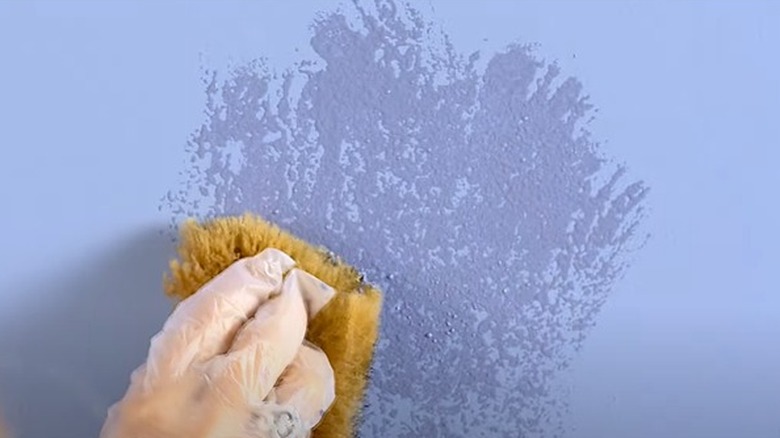How To Choose A Durable Paint For A Kid's Room
If you have kids, you know how hard it is to keep the walls looking spotless. Since children typically love to draw or color on walls, your child's bedroom may receive more marks and stains than any other place in the house. From bumps to accidents, repeatedly cleaning and scrubbing the walls is a chore, as is reapplying coats of paint several times over. To avoid more strain altogether, you can explore a durable paint that's easy to clean and will withstand your kid's daily routine. So, which paint is the most child-resistant?
Many stain-blocking elements can be found in high-gloss and semi-gloss versions, including satin and eggshell. With flat or matte paints, wiping marks away completely while keeping the color intact is challenging, whereas gloss paints are naturally more stain-resistant. The right color and texture can also help sustain your initial paint application. You might consider various neutral shades to help disguise unsightly smudges or showcase a texturing technique. Whether it's one color or a pattern, a substantial paint sheen will help your kid's room outlast those rough-and-tumble years.
Gloss and satin paints are easy to clean
Depending on the level of protection you want for your child's bedroom walls, the glossier the paint is, the easier it will be to clean. Made to shine and endure, high-gloss is top-notch since the weighty paint is typically applied to areas that receive a lot of handling, like cabinets, doors, and trim. While slightly less brilliant, another highly washable gleam is semi-gloss, which suits many high-traffic areas. However, satin may be a popular choice for your child's room because of its ability to perfect existing mishaps with its smooth, velvety finish. While the level of gloss goes down from there, eggshell also remains a good contender. With flat and matte, you can use one that specifies it's washable, although the glossier finishes may keep up with your kids better.
Whatever paint sheen you choose, make sure it's water-based (latex) to help readily manage those scuffs with a little soap and water. You might also try a scuff defense paint or another surface protector product that features a non-stick coating, although a quality paint and primer in one (or a separate primer for fresh surfaces) should help set the color.
Neutral colors and textures help conceal blemishes
Besides picking the best coat of paint for your lively kid's room, the right color can also contribute to its preservation. While white tends to enhance everything that touches it, the bright shade may be an obvious pick to eliminate entirely. If you prefer light, serene colors, opt for neutrals like beige or gray, including sage green or an earthy teal to help disguise light markings. Whether it's an accent wall or the entire room, you could divert attention from handprints and unsightly smears with vibrant hues like coral, magenta, purple, or red.
Another way to distract from visible flaws is by applying a pattern of stripes, artwork, or another abstract design. Your kid's room is a great place to get creative with colorful and inspiring images. Sponge painting is a fun activity for both you and your kids to create a unique faux finish throughout the room. You might also try rag rolling for a dreamy, eye-engaging texture on the walls. While matte paint may not hold up in your child's bedroom over time, it can hide gashes and scrapes considerably well. However, you go about painting your kid's bedroom, safeguarding your walls with accurate color and consistency will provide the ultimate stability.


